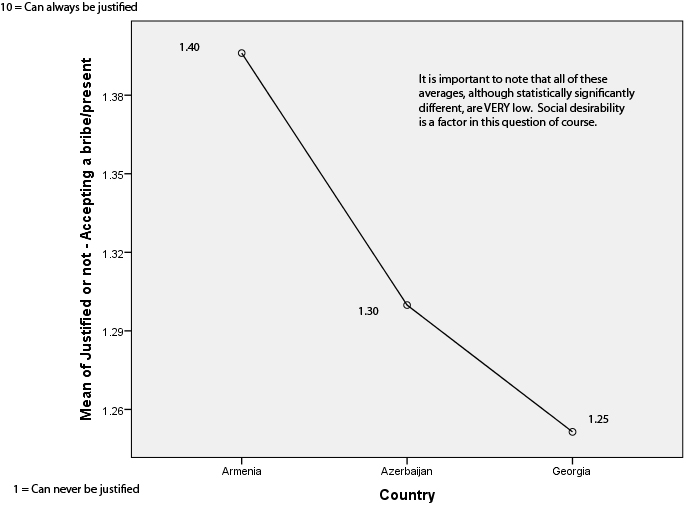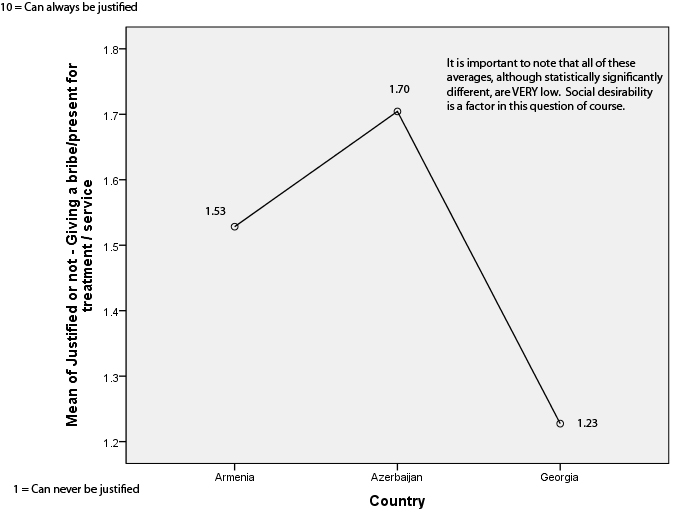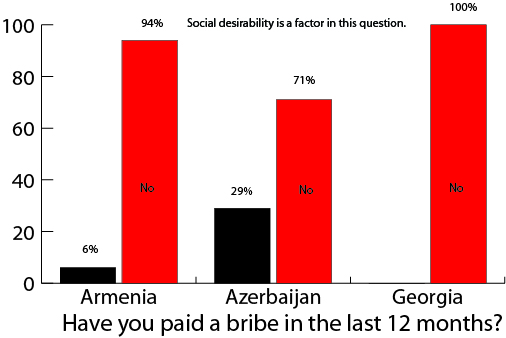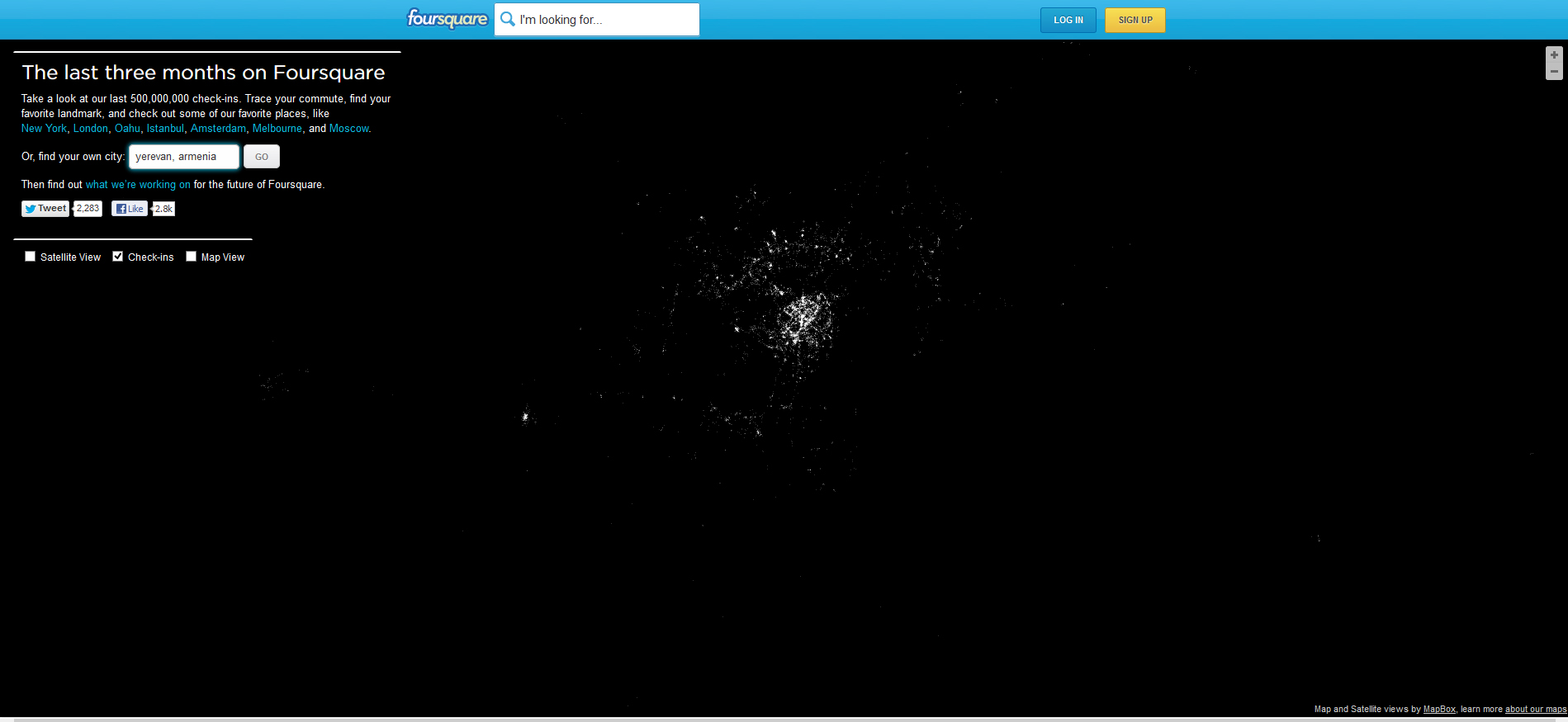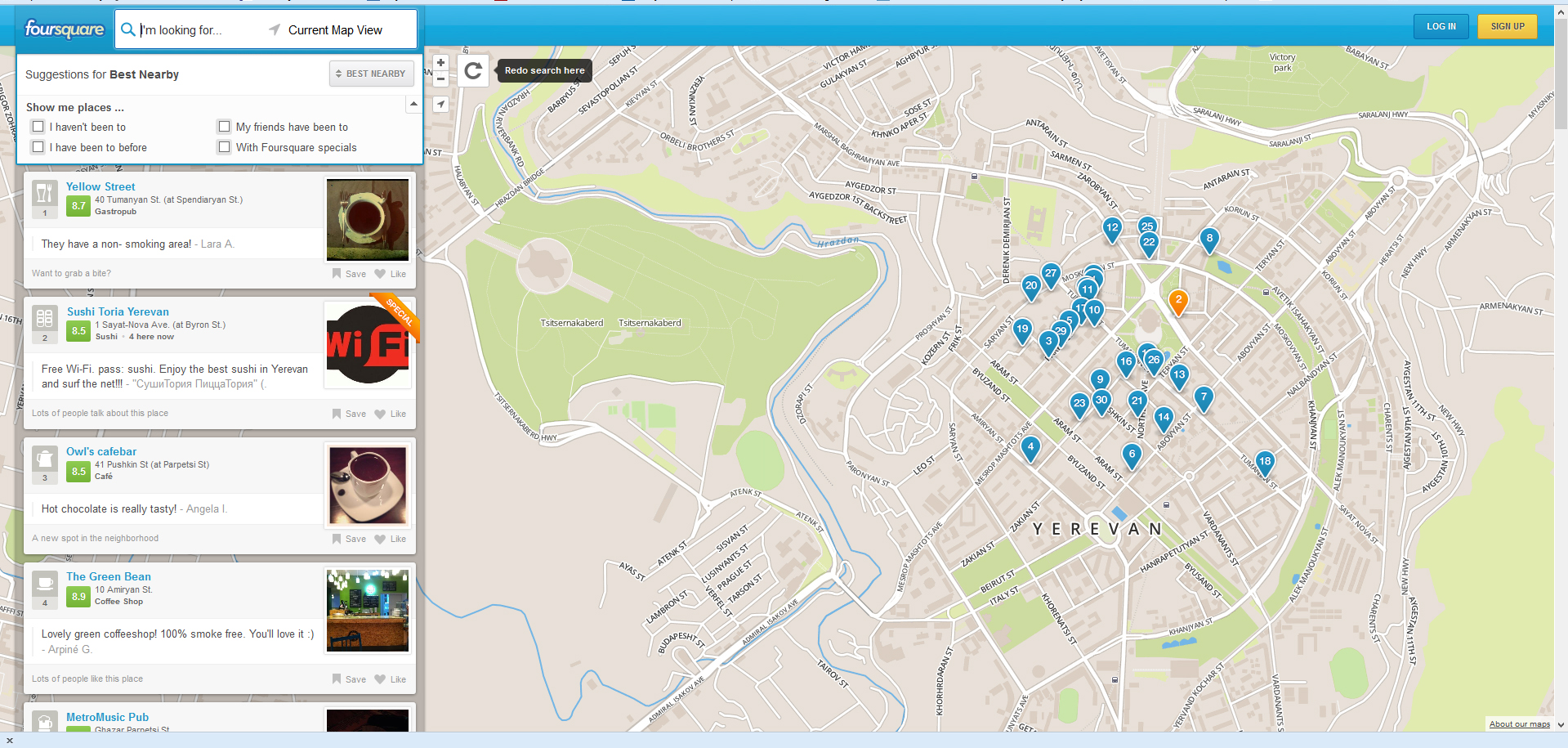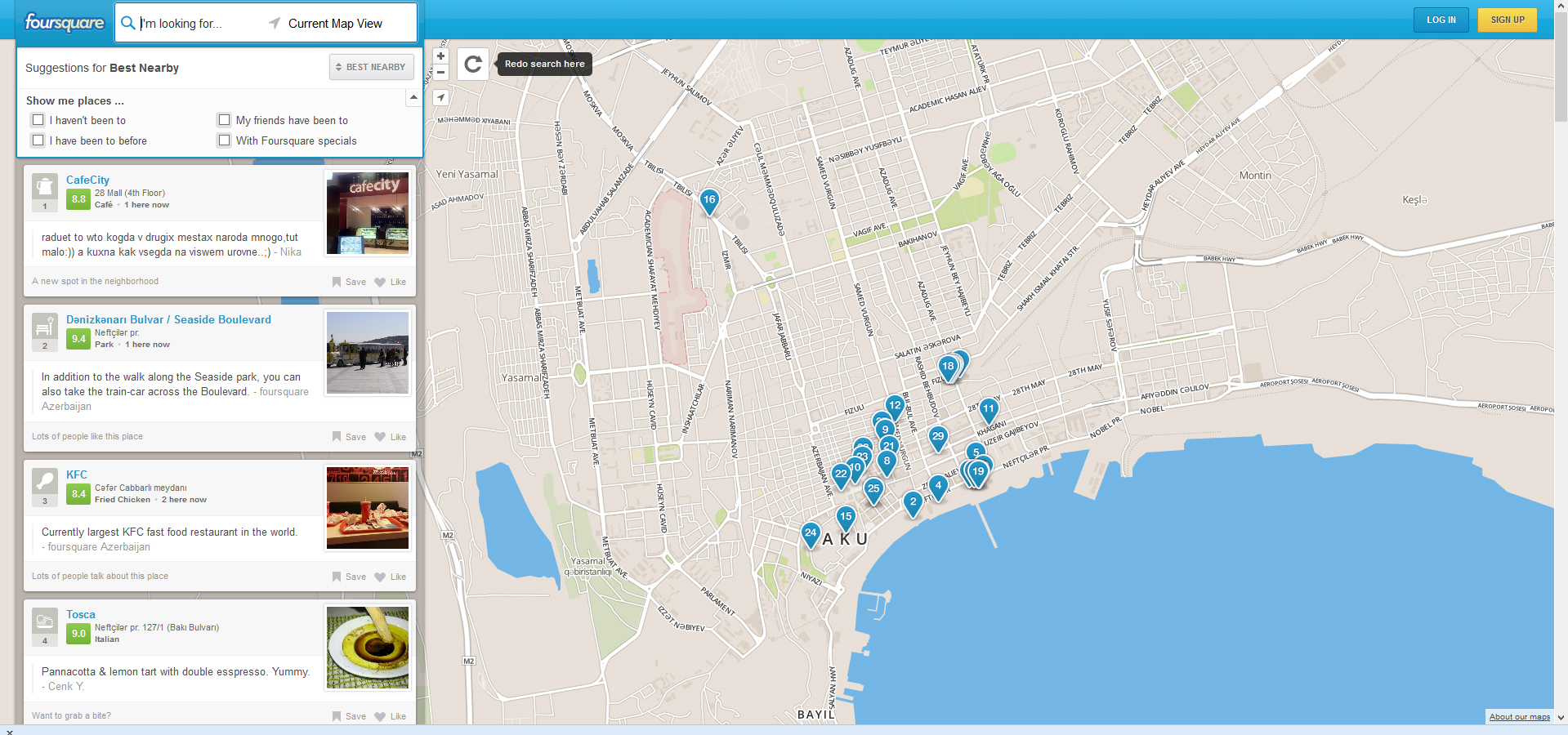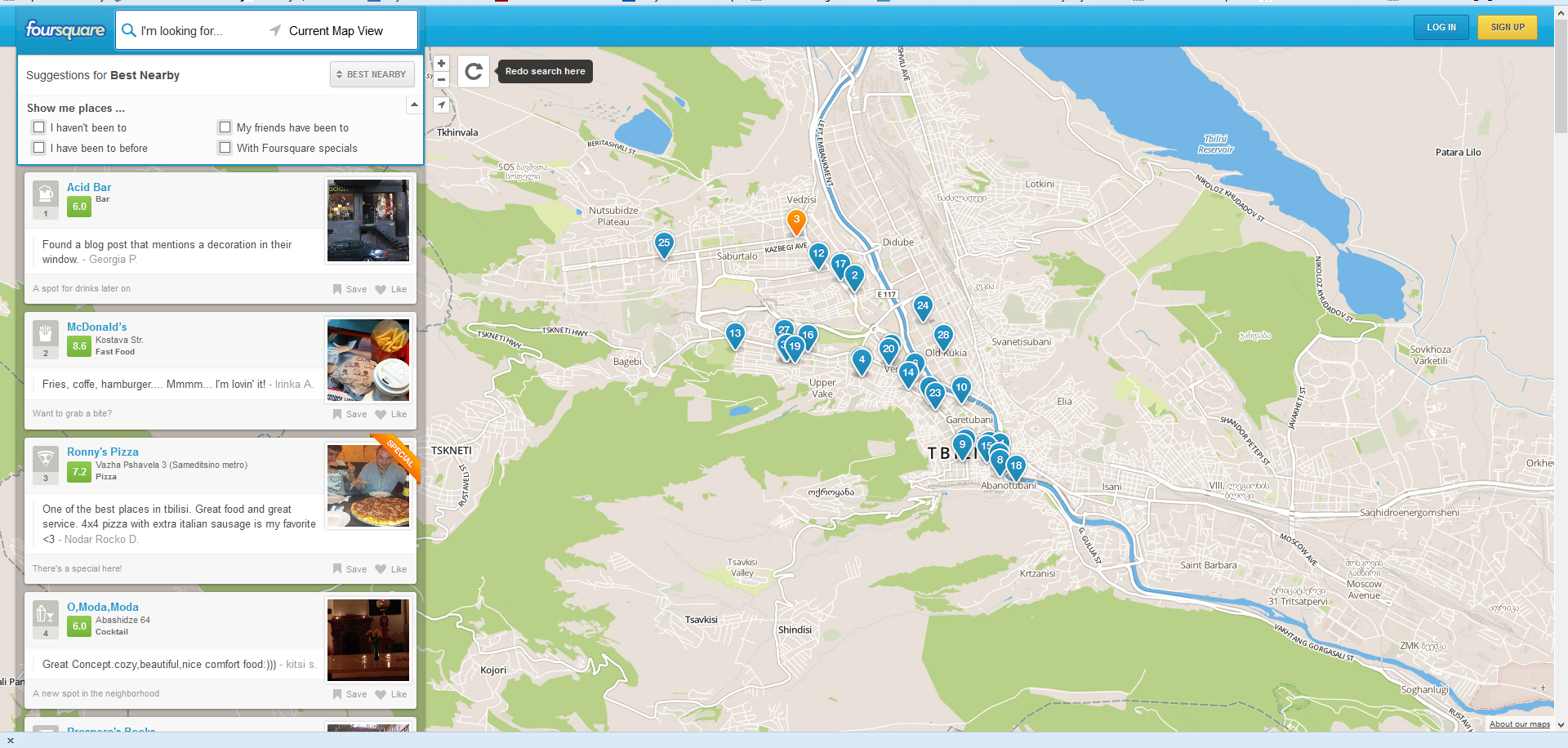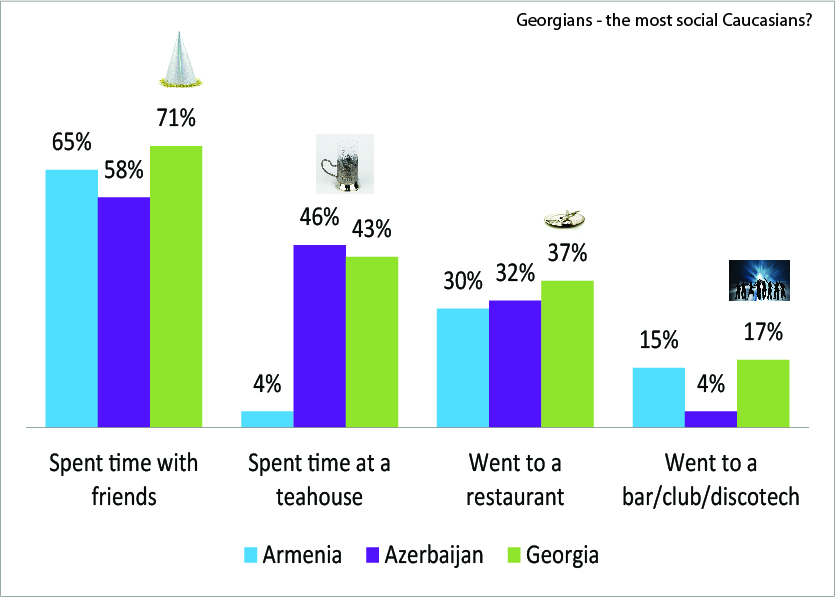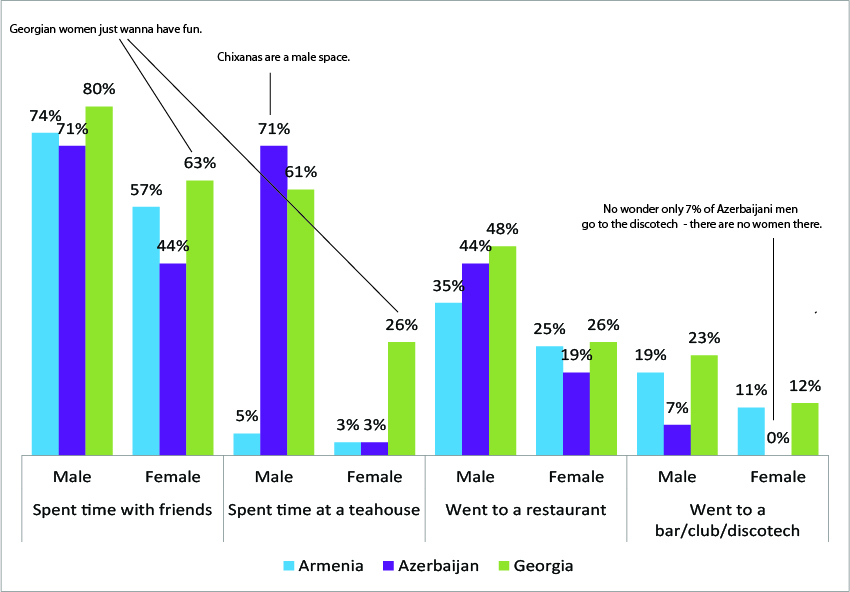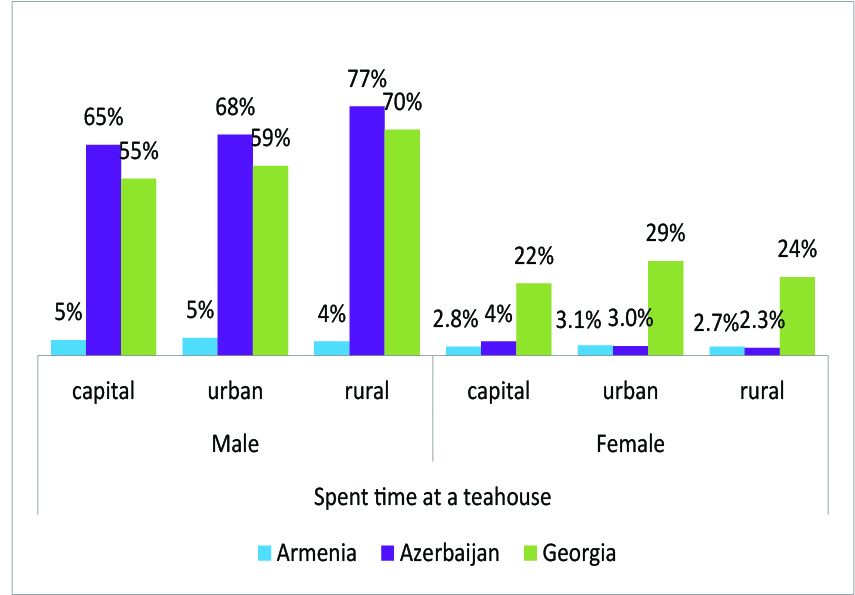#armvote13 and #iditord hashtag analysis
Today Armenia has a presidential election.
I’ve been tracking the election hashtag #armvote13 as well as the election monitoring hashtag #iditord.
When I say tracking, I mean running #nodexl analysis on the hashtags. I explained how I did this for recent events in Azerbaijan here – basically why I am doing this, how I am doing this, what all this stuff means, and some basic methodology.
I’m happy to answer any questions! Also, you can click on the link and download the tweets yourself! It opens in Excel.
For the next day or three, I’ll download all the tweets every hour and upload new visualizations every few hours.
As I mentioned on Facebook, group 1 is mostly foreigners who tweet about Armenia including organizations.
Group 2 are people IN Armenia.
Group 3 is interesting too – people who are in Armenia but may not be Hayastantsi. There are some diasporans that live in Armenia, the American Ambassador, a wellknown blogger who now lives in the UK, and some other Armenians from Armenia who are not currently on the ground.
I imagine that these groups will change over the next few days.
Here are links to the #iditord hashtag






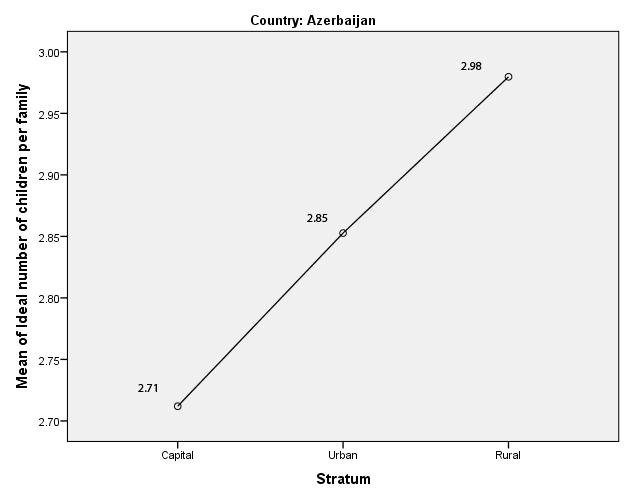
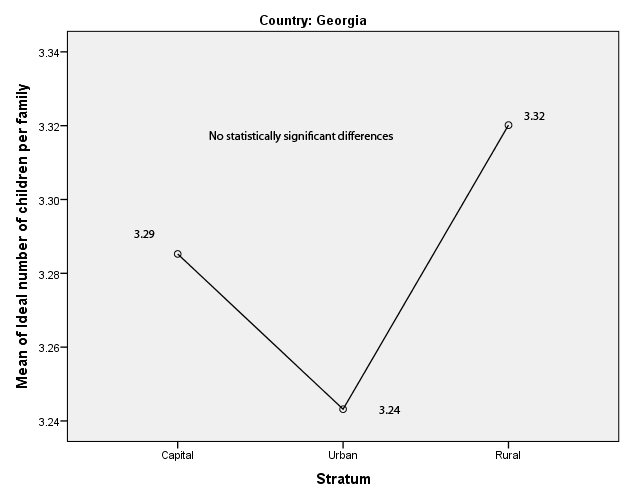

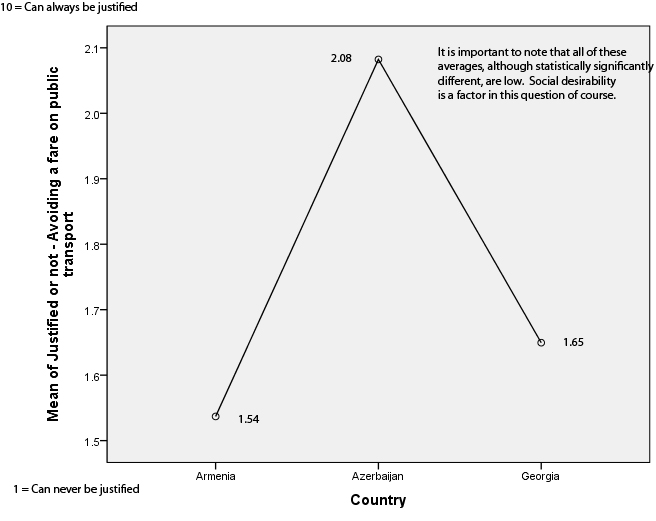
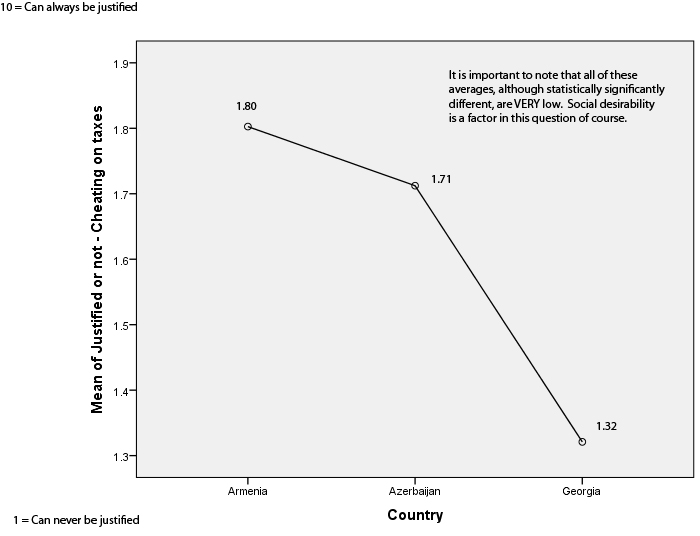 “>
“>
